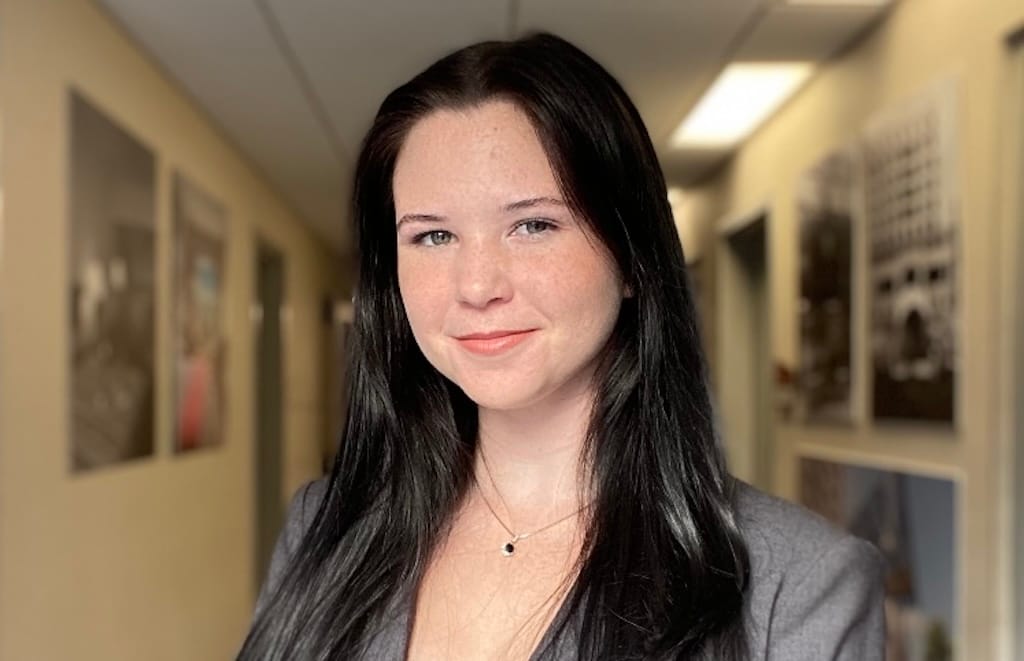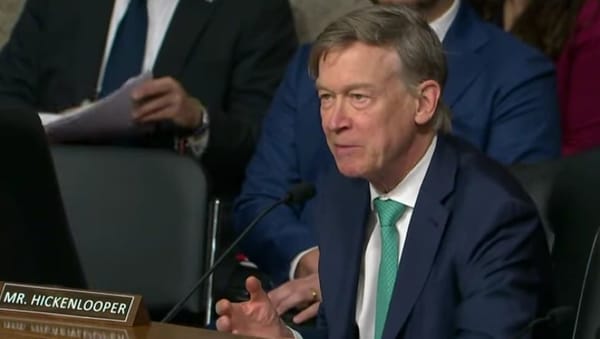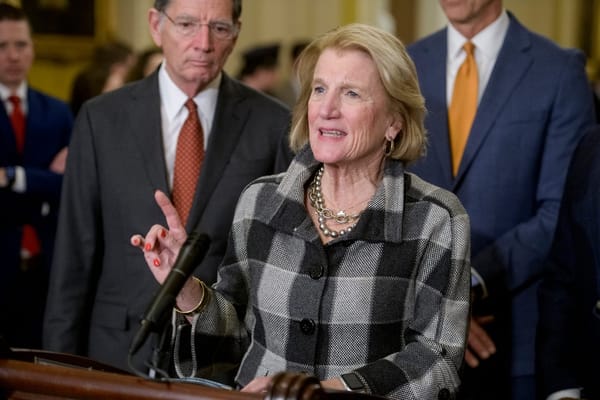Bridging the Digital Divide with LEO Satellites
For consumers, the competition from LEOs will undoubtedly improve broadband connectivity and offerings to these rural areas.
Sarah Thacker

I grew up in rural Maryland. Ten years ago, there was virtually no Internet access, and efforts to expand were extremely limited. Cable installation was both expensive and difficult, with only a handful of providers servicing select areas, rendering it out of reach for most. Even now, Internet service remains unreliable and inadequate as appropriate infrastructure has not been fully developed and established.
Southern Maryland isn’t alone; this problem haunts myriad rural areas throughout the country.
Access to the Internet is imperative as it is intertwined into every aspect of our daily lives. Think about it. How much do you rely on the internet in a single day? Whether you’re accessing remote learning, getting on a Zoom call at home for work, or even meeting with your doctor via a telehealth app, you are dependent on devices such as your phone and laptop which can only function with access to the Internet.
Broadband not only helps rural users but also materially promotes the agriculture industry —a staple in rural markets. Farmers are leaning on Internet-enabled technologies to optimize crop yields, profits, and sustainability. Farmers more and more are leveraging these networks to monitor livestock, update buildings and equipment, and leverage autonomous machinery. This newfound connectivity allows farmers to use machine-learning technologies that produce real-time data to gain more accurate and optimal practices. Indeed, rural farmers are a primary beneficiary of the digital revolution.
Now imagine what it would be like to have unreliable access or no access at all for a single day, let alone every day. All of these applications are simply out of reach for those everyday and enterprise users.
The digital divide is a pressing matter that affects almost 15 million Americans and disproportionately impacts rural populations across the country.
Thanks to the advent of Low Earth Orbit satellites, we may have a market solution to address this lapse in access. At the outset, satellites have demonstrated that they can provide broadband to rural areas where other means, such as cable or fiber optics, are impractical due to remote locations and difficult terrain. LEO satellites operate in a revolving network and utilize spectrum, which is the proverbial fuel for mobile devices comprised of radio waves and microwaves, to provide coverage and connectivity with high-speed and low latency because of their low orbit.
Think of all those new applications with the promise of LEOs. For farmers, it could reduce unnecessary energy usage and overuse of resources such as pesticides and fertilizers because networks will be able to offload data from sensors more efficiently. Additionally, real-time data and information can boost yields due to a more precise prediction of the harvest window. These technological advancements provided by LEO satellite broadband can generate a more sustainable and cost-effective agriculture industry.
For consumers, the competition from LEOs will undoubtedly improve broadband connectivity and offerings to these rural areas. Think back to my situation in rural Maryland; competition from LEOs would allow me to compare prices and services that better suit my needs instead of relying on only what the single provider there can provide. With more competition prices inevitably go down, and consumers get more diverse choices in offerings. Everybody wins.
Even better news, new entrants have joined the LEO satellite service market. LEOs have been relying on the Ku- and Ka-bands (a portion of microwave spectrum), so far, but to thrive they will need more spectrum. The FCC has identified the 17 GHz band as a promising option for LEOs, and indeed, even advocated for the expansion of this band to accommodate LEO operations at the International Telecommunications Union’s WRC-23. Making this available in the near term will yield long-term benefits for competition, consumers, and innovation.
In the same vein, the FCC is looking to clarify its rules surrounding spectrum sharing. As the Commission acknowledges, its regulations surrounding spectrum sharing are fairly ambiguous, which creates challenges for both new entrants and incumbents to navigate. It is encouraging to see the FCC address those rules and should prioritize it going forward.
Introducing LEO satellite broadband will not only provide the opportunity to bring connectivity and technological advancements to rural areas and the agriculture industry in the United States but simultaneously strengthen the entire country by cultivating a more efficient and sustainable broadband ecosystem.
Sarah Thacker is Digital Progress Institute Summer Fellow and student at Cornell University. This piece is exclusive to Broadband Breakfat.
Broadband Breakfast accepts commentary from informed observers of the broadband scene. Please send pieces to commentary@breakfast.media. The views expressed in Expert Opinion pieces do not necessarily reflect the views of Broadband Breakfast and Breakfast Media LLC.










Member discussion